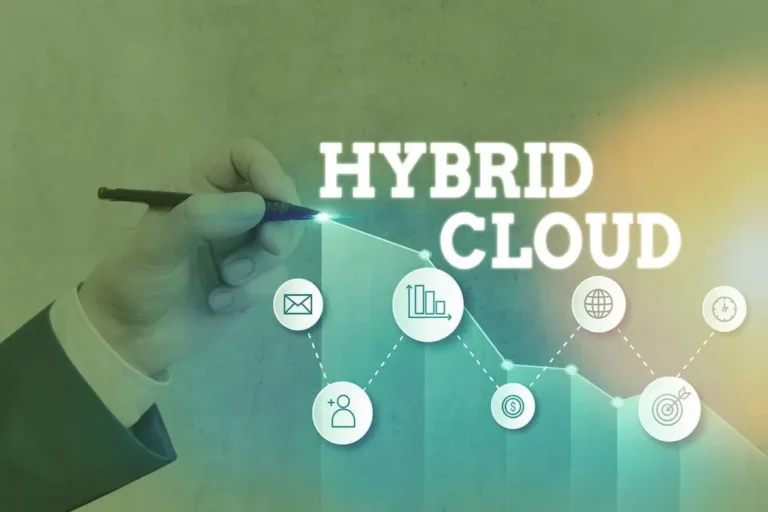Providing comprehensive details relating to the “what,” “where,” “when,” and “how much” of the issue can enhance readability. Now that you have understood the easy cause-and-effect diagram examples, allow us to see how to import them to EdrawMind to use them as per the requirements cause and effect diagram definition totally. Using the ‘Fish bone’ analogy, the elements you discover could be thought of as the bones of the fish. The other two are the Production process classification kind and the Cause enumeration sort.
Key Ideas Of Cause And Impact Diagrams
A healthcare division carried out an internal audit and affected person satisfaction survey to raised understand department throughput and capability constraints. The audit and survey highlighted that lengthy waiting times for the affected person when in the division have been a key issue. The finest way to understand trigger and effect diagrams is to take a look at Cloud deployment some examples of cause and effect diagrams. These are the most effective and commonest practices when creating trigger and effect diagrams.
Add Causes To The Primary Branches
Another instance of a trigger and effect diagram changes in local weather conditions of an space. For every of the factors you considered in stage 2, brainstorm attainable causes of the problem which might be associated to the factor. Where a trigger is large or complicated, then it might be finest to break the it down into sub-causes. A good CE diagram is one which explores all possibilities so it’s prone to be large and complex-looking as twig after twig sprouts for every new associated concept noted down. Be suspicious of CE Diagrams with few components, or which are neat and nicely ordered.

Why Is It Called An Ishikawa Diagram?
You proceed this means of branching off into increasingly more instructions until each potential trigger has been identified. The ultimate result will characterize a sort of a ‘mind dump’ of all the factors regarding the effect being explored and the relationships between them. Go forth and create your own fishbone, trigger and impact, or Ishikawa diagram and share them along with your staff. Use them in strategy meetings, share with staff leads, or use them to track your own thought processes. Different elements, like manpower, machine, material, measurement, mom nature, and method, can constitute these categories. Try to create totally different categories that you just assume are related to your downside.
Armed with this info, you presumably can then develop and implement particular solutions for each of those root causes to improve product quality and scale back defects within the manufacturing course of. The Cause and Effect diagram, also recognized as the “Ishikawa diagram” or fishbone diagram as a result of its resemblance to a fish’s skeletal construction, is a priceless visual software used in problem-solving. The diagram is constructed from left to right, with every primary bone of the fish extending into smaller bones to provide extra detailed information. Positioned on the forefront of the diagram is the “Effect” that the group is investigating, serving as the focus.
One or extra of these theories might be selected for testing, acquire the information needed for the test, and apply a number of different instruments to these data to either verify or deny the examined theories. Because these now hint out logical causal chains, it’s easier to devise effective ways of testing the theories. For example, form formats which cause issues in keying could differ from those which create issues in the unique pencil entry. Once the whole C-E diagram is complete, it is sensible to begin out with each potential root cause and “read” the diagram forward to the effect being defined.
As the C-E diagram is constructed, staff members have a tendency to move again alongside a series of events that’s generally referred to as the causal chain. Teams transfer from the ultimate impact they are attempting to clarify, to main areas of causation, to causes inside each of these areas, to subsidiary causes of every of those, and so forth. Teams should stop only when the last cause out at the end of every causal chain is a potential root cause. The major advantage of this software lies in the reality that it focuses the attention of all the individuals involved with on the particular drawback at hand in a structured, systematic means. It encourages progressive thinking and still retains the staff on track in an orderly method. The 5 Whys could be applied to the brainstormed theories to get to suspected root causes.
They assist in drawback identification, root trigger analysis, data-driven decision-making, and collaborative problem-solving. Typically used for root trigger evaluation, a fishbone diagram combines the practice of brainstorming with a sort of mind map template. It must be environment friendly as a check case technique to determine trigger and effect. A cause and impact diagram examines why one thing happened or might happen by organizing potential causes into smaller classes. It may additionally be useful for exhibiting relationships between contributing components. One of the Seven Basic Tools of Quality, it’s sometimes called a fishbone diagram or Ishikawa diagram.

A cause-effect diagram is often ready as a prelude to growing the information wanted to determine causation empirically.
By setting your problem on one aspect – and radiating out to the varied elements which could be causing it on the other – you find yourself with a diagram loosely resembling the skeleton of a fish. Figuring out what lies at the root of a sophisticated manufacturing or work course of challenge is usually simpler said than done. Fortunately, a cause and effect diagram makes for a useful device any time you’re referred to as on to resolve a problem or forestall one from occurring.
- These diagrams are useful for product builders when new objects are being created.
- If a team does not develop a wide-ranging set of theories, they could miss their most severe root trigger.
- Break down and explore every of these potential causes additional by branching off to the specific processes, tasks, or sources involved (these are your sub-causes).
- By conducting a thorough cause-and-effect evaluation, groups can easily dissect complex points into smaller elements, resulting in a well-structured and holistic method to problem-solving.
It will increase knowledge of the method by serving to everybody to study more concerning the elements at work and how they relate. It signifies potential causes of variation in a process and identifies areas where knowledge should be collected for additional study. MindManager makes it easy to unlock the power of trigger and impact or fishbone diagrams with improved collaboration, easy sharing, and customizable templates. The primary software of cause and impact diagrams is for the organized arrangement of theories concerning the causes of the noticed high quality drawback that the staff needs to deal with. Once the theories are properly understood and arranged, the group will use its collective judgment to identify these theories that want testing. The ultimate goal of the characterization step is to establish the foundation cause or primary causes of the team’s downside.
For a PMP credential holder, trigger and impact diagrams are made simpler when keeping a fishbone form in thoughts. Start with the spine (problem), with the right side being the top (effect), and ribs poking out alongside the spine (causes). Check out the free cause-and-effect diagram examples and templates created in EdrawMind. Let’s talk about a simple but highly effective device for fixing problems – the Cause and Effect Diagram (alias Fishbone Diagram).
Each group ought to then have the power to add their very own perspective to the analysis. A fishbone diagram, also identified as an Ishikawa diagram or a cause-and-effect diagram, is a visualization software for categorizing the potential causes of a problem. The fishbone diagram is basically a causal evaluation device designed to visually map out the causes and sub-causes resulting in a selected concern or impact. For occasion, after conducting additional evaluation, you would possibly discover that the basis causes of the defect issue are insufficient operator training, old and malfunctioning equipment, and low-quality uncooked materials.
Label a box or node at one finish of your diagram with the name of your issue (this represents the “head” of your fish). This may include inspecting the four S-factors involved in many service supply procedures (Surroundings, Suppliers, Skills, Systems). You’ll get more out of your trigger and impact diagram should you and your team use it while brainstorming which areas of a specific process are more than likely involved. Whether you’re mapping out the foundation causes of an issue or analyzing the implications of an action, Miro makes it simple so visually and collaboratively create a trigger and effect diagram.
Transform Your Business With AI Software Development Solutions https://www.globalcloudteam.com/ — be successful, be the first!